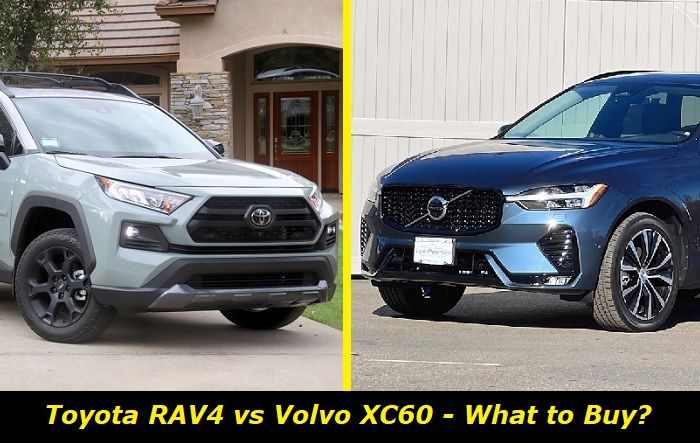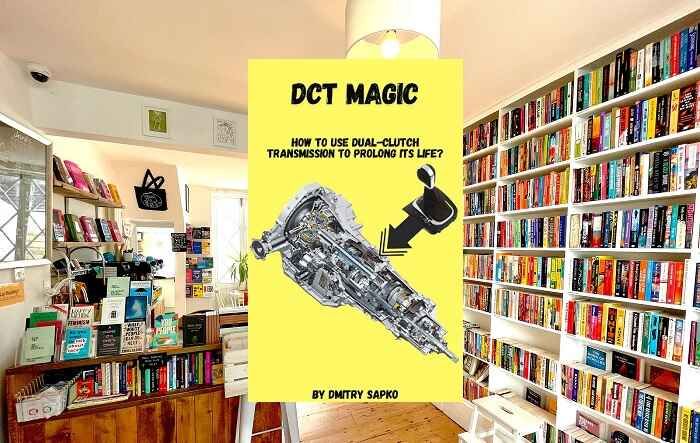The Toyota Tacoma has a hard-won reputation as the most durable truck on the market. It has won multiple best-selling, resale, and safety awards. Unfortunately, some versions of this handy double cabin truck reportedly suffer various drive shaft problems. Drive shaft failure is a severe malfunction that poses a significant safety hazard.
Drive shaft problems highlights
- Level of importance:high
- Common reasons:old drive shaft, accidents, broken rubber protection
- DIY inspection:possible
- DIY repair:impossible
- Average price in shops:$250 - $500
- Average time:2 - 3.5 hours
- If ignored: no-drive, unpleasant sounds, hub wear
.jpg)
Your Drive Shaft's Job
Before you can detect issues with your drive shaft, you will need to familiarize yourself with its role in the optimal functioning of your vehicle. Your driveshaft is a cylindrical part connected to the differential and gearbox. It is key to ensuring power is efficiently distributed from your engine to the wheels.
Your drive shaft is unlikely to fail entirely. Usually, the drive shaft will undergo wear and tear due to normal usage, and over time, it develops specific symptoms to alert you that it is not performing optimally. Here are common signs of a malfunctioning drive shaft in your Toyota Tacoma and the likely causes.
Your Toyota Tacoma Suddenly Has Intense Vibrations
If your truck suddenly makes your teeth rattle, several culprits could be behind these intense vibrations. When driving a car with a worn-out driveshaft, you can feel the vibrations through the steering wheel or floorboard. Your Tacoma's vibrations originate from your car's base and are usually a result of problems with the drive shaft.
Drive shaft problems most likely come from the accompanying U-joint or bushings. You should maintain your bushings in optimal condition because they securely hold the driveshaft. Allowing your driveshafts to remain damaged or worn out will eventually cause more severe problems than annoying vibrations.
Drivers who fail to address the vibrations as soon as they manifest cause the wear to spread to adjacent parts of their vehicle. These vibrations will affect the performance of your car by damaging your moveable parts, which wear out faster or eventually fail.
When you notice these vibrations, take your car to a certified repair expert for advice on whether to replace your bushings and repair any damage to the driveshaft. Failure to fix the vibrations will cost you a fortune when the damage inevitably spreads.
Your Tacoma Truck Is Producing Strange Noises
As stated earlier, faulty bushings and U-joints are the leading causes of driveshaft malfunctions. If your truck is suddenly producing weird noises that get louder as you speed up, the most probable cause is the wear or damage of your U-joints or bushing. When either of the two parts wears out, it can, in turn, disrupt the driveshaft's ability to rotate freely. A less common cause of this noise is a crooked driveshaft which also faces challenges revolving quickly.
The most common noise produced by a driveshaft that cannot rotate freely is a squeaking sound characteristic of metal grinding on metal. This sound may be accompanied by the vibrations described above. You are well advised to book an appointment with your auto repair expert as soon as these intolerable noises begin.
Your Steering Wheel Is Feeling Stiff at Sharp Turns
Has your steering wheel developed a mind of its own overnight? Do you need to use a lot of energy when making U-turns or sharp turns? Drivers whose Chevy's feel like they are driving an old car without power steering are likely experiencing the effects of a faulty driveshaft.
When your vehicle has a damaged driveshaft, it will get to a point where the steering wheel feels stubborn or stiff while negotiating sharp bends. Malfunctioning driveshafts sometimes fail to distribute the proper amount of torque due to the wear and tear in the U-joint. The wear and tear increase resistance and makes optimal torque distribution by your driveshaft less effective.
Do not rush to conclude that your stubborn steering wheel is due to a driveshaft malfunction. This problem can also be caused by other issues which you must rule out first. In cases of difficulty turning, other suspects include insufficient power steering fluid and a faulty differential. When you confirm the driveshaft is to blame, take your car to an expert who can confirm your diagnosis and recommend appropriate repairs.
Is Your Transmission Fluid Leaking from the Rear?
Are you noticing a wet spot where you park your Chevy? A likely cause is the transmission fluid leaking from the back of your car. The leading causes of transmission fluid leakage are worn-out universal joints, tail shaft bushing, and transmission output shaft.
Your Chevy is highly likely to suffer this problem if you have failed to fix the intense vibrations mentioned above. These vibrations hasten the wear and tear of various shafts and universal joints. Over time the constant wear and tear result in cracks that leak ignition fluid. Once you suspect that there might be a leakage from the transmission, ensure you inspect the source of the leak and perform the necessary repairs.
Is Your Universal Joint Damaged?
When driving your vehicle, the U-joint is damaged by either the shaft rotating too fast or the shaft failing to turn at all. In optimal conditions, your driveshaft should rotate at a smooth and steady pace. Rust is the most common cause of damage to universal joints. It damages your bearings' cap seals and affects their ideal performance.
When your universal joints are unstable, the driveshaft will suffer severe damage that worsens the longer the situation is not remedied. If your car displays any signs of universal joint wear, it is advisable to take it for repair or replacement before the situation deteriorates.
The Cost of Replacing your Toyota Tacoma Driveshaft
Where your driveshaft is bent or broken, your auto repair expert cannot fix it; your only option will be to replace it. Drivers are advised to address the symptoms described above as soon as they appear to save money on costly replacement. If your universal joints or bushings are faulty, replacing them is infinitely cheaper than replacing an entire driveshaft.
Generally, the cost of replacing a damaged Toyota Tacoma driveshaft is about $1400. The drive shafts in high-performance cars like your Tacoma truck are more expensive than in regular vehicles. You can expect the price to vary depending on your specific model of Tacoma.
If you are strapped for cash, you may want to consider non-OEM parts, which are significantly cheaper (and less reliable). If you opt for non-OEM parts, ensure the part is compatible with the car engine and transmission that you drive.
How To Maintain Your Drive Shaft
Since drive shafts are amongst the most stressed components in your car, it is essential to maintain them properly. If you care for your drive shaft correctly, it will not demand your attention until a milage of about 7500.
You must keep up with regular servicing appointments to spot any potential problems with the drive shaft. If you drive in rough terrain, it is advisable to grease your driveshaft regularly to flush out dirt and debris.
A key sign to look out for is slop or slack to the U-joint. Most wear and tear results from the U-joint being loose, which eventually causes the drive shaft to malfunction.
When you notice a slack, replacing the U-joints is the most efficient way to fix it. When fixing the U-joint, always make sure that you inspect the joint bores in the yoke and driveshaft. If they are deformed, insist on replacing them for the desired performance of your vehicle.
If the yoke has bottomed out on the transmission's tail shaft, it can cause significant damage to the transmission and drive shaft.
You should make sure that you inspect the tubing itself for any signs of scratches, dents, or even grooves cut into the tubing. When the shaft rubs against the chassis, it can cause damage to the tubing weakening the integrity of the tube. These are signs of either repairing or replacing your drive shaft.
Your driveshaft will hardly get the same glory as components like the engine or transmission. Nonetheless, it is essential to take care of it because it plays a crucial role in your car. It is also not cheap to replace. Further, a failing driveshaft can cause you to lose control of your car and endanger your life.
Maintaining your driveshaft is key in ensuring you can harness all the rip-roaring horsepower of your Tacoma. Do not take it for granted that this link in your drivetrain will continue to function as expected. Proper maintenance and alignment are the key takeaways when looking to spare your driveshaft damage.
About the authors
The CarAraC research team is composed of seasoned auto mechanics and automotive industry professionals, including individuals with advanced degrees and certifications in their field. Our team members boast prestigious credentials, reflecting their extensive knowledge and skills. These qualifications include: IMI: Institute of the Motor Industry, ASE-Certified Master Automobile Technicians; Coventry University, Graduate of MA in Automotive Journalism; Politecnico di Torino, Italy, MS Automotive Engineering; Ss. Cyril and Methodius University in Skopje, Mechanical University in Skopje; TOC Automotive College; DHA Suffa University, Department of Mechanical Engineering






Add comment